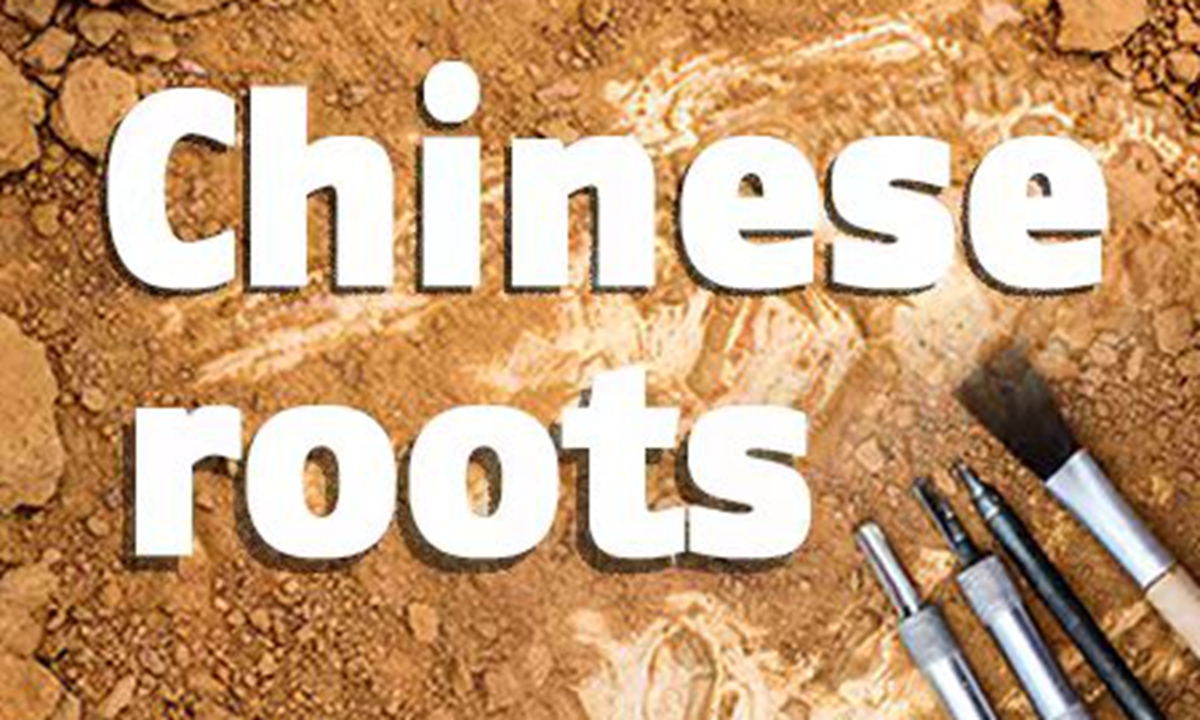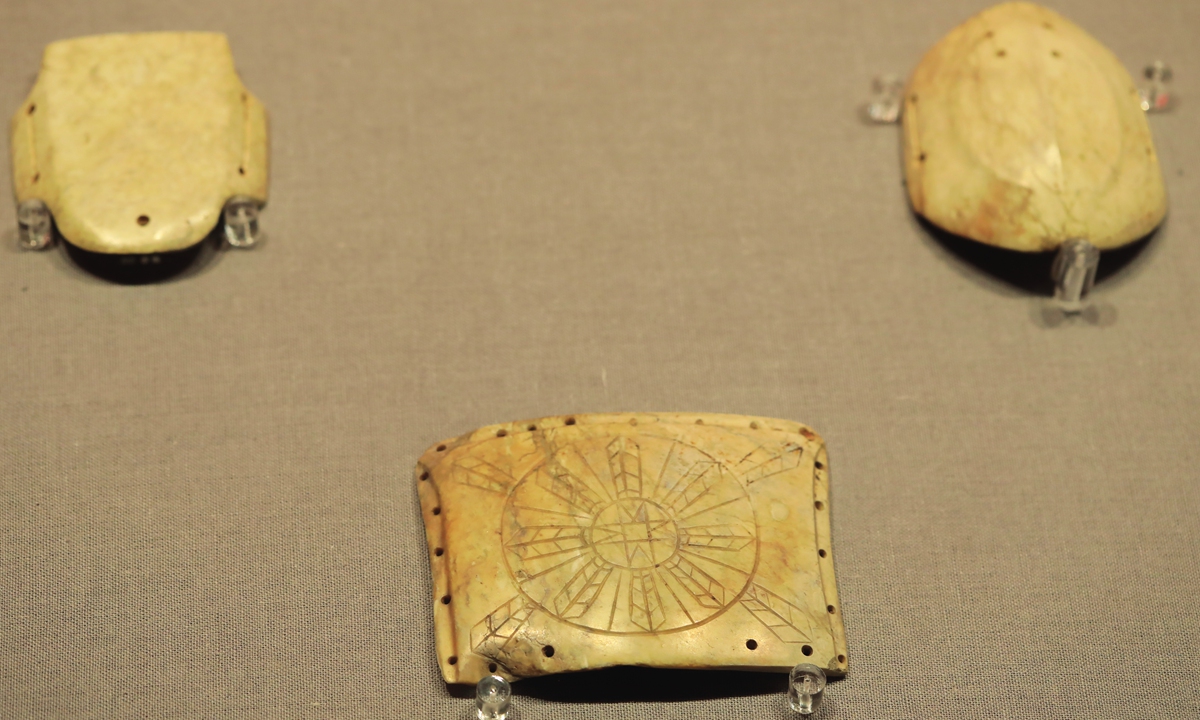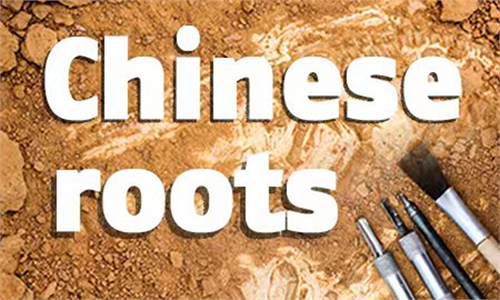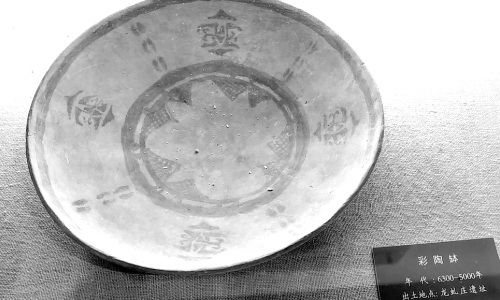ARTS / CULTURE & LEISURE
Lingjiatan Ruins: Ancient Neolithic site along the Yangtze River
Chinese roots

Chinese roots

Relics from Lingjiatan Ruins Photo: IC
Located along the lower reaches of the Yangtze River, China's Neolithic Lingjiatan Ruins are known for the numerous exquisite jade relics that have been unearthed there. Recently, the ruins again captured the public's attention with some new stunning discoveries: a large Chinese arc-shaped jade artifact known as huang and a one-and-only dragon-head awl.Dating back to 5,800 to 5,300 years ago, the Lingjiatan Ruins are located in Ma'anshan, East China's Anhui Province. Encompassing an area of 1.6 million square meters, the site has produced important relics such as man-made altars built in the late Neolithic age, large cemeteries, sacrificial pits, burnt-red soil and blocks and stone circles, along with precious cultural relics such as exquisite jade ritual vessels, stone tool and pottery wares.
The ruins were discovered in 1985 in Lingjiatan village, when a villager was digging a grave for his late mother's funeral on top of a hill in the northern side of the village. As he dug down, he found a batch of jade and stone tools such as jade rings, stone hoes and chisels. He later reported these to the local cultural bureau, leading to archaeologists to head to the village to carry out massive systematic excavations.
In 1987, two excavations were conducted and a total of over 200 relics, including a jade turtle ornament and jade spoons were found. Archaeologists also found a 4.25-kilogram stone shovel - the largest Neolithic stone shovel ever discovered in China.
Over the last 35 years, four more excavations were carried out. Among the many discoveries, highlights include burnt-red clay walls and sacrificial pits.
The remains of the burnt-red clay walls have an average thickness of 1.5 meters. Experts believe they were baked at high temperatures, between 800 and 1,000 C, to increase their hardness.
Experts also believe that these hard thick walls were the remains of a building and consider them as a "revolution in human architecture history dated back to over 5,000 years ago."
Altars located at the highest spot at the Lingjiatan Ruins are also very unusual. Taking up an area of around 1,200 square meters, these altars are some of the oldest altar sites discovered in China.
Global Times


